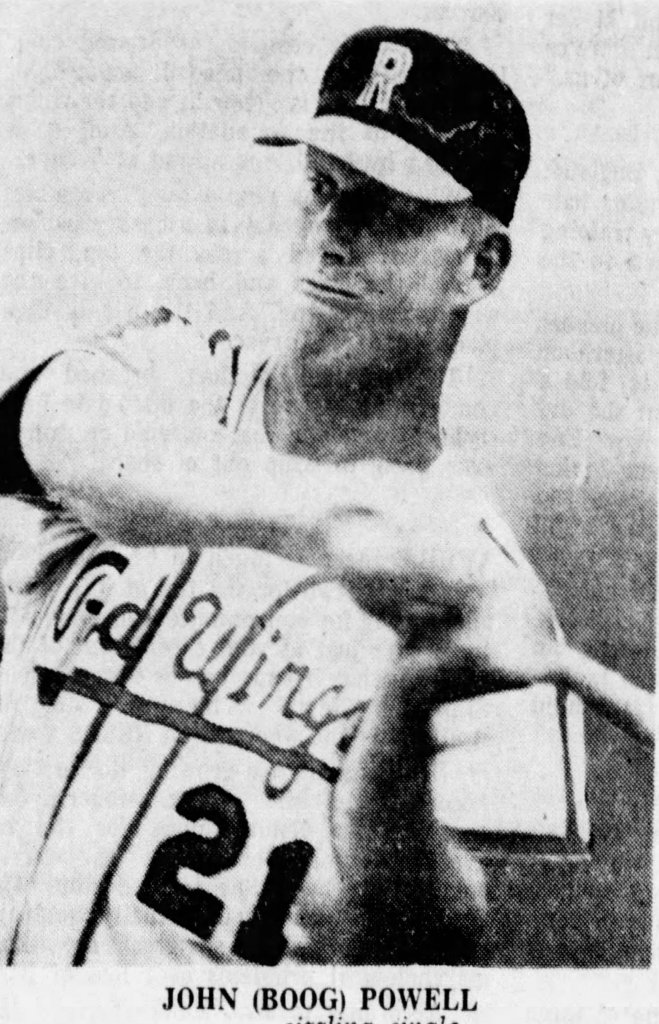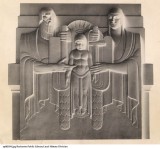
These days when South Africa appears in the local news, it is often in conjunction with the COVID-19 variant first discovered in that country. Thirty years ago, the nation made headlines locally and globally when Apartheid legislation was repealed. The decision to end the official system of racial segregation in South Africa was influenced in no small part by the sustained protests of Anti-Apartheid activists from all over the world. Rochester, for its part, witnessed Anti-Apartheid efforts ranging from demonstrations by grass roots organizations and student groups to economic boycotts launched by local industries.
The local Anti-Apartheid movement took root in Rochester in the 1980s. United Church Ministries, an umbrella group for 85 Black churches, sponsored the first major protest in the city in 1985, a march that drew some 40 demonstrators. Rev. Raymond Graves, president of UCM, informed reporters, “Rochester has been very quiet on this issue. But this is a beginning. We will be coming here Sunday after Sunday until we wake up this city.”

Many marchers likened the struggle abroad to the Jim Crow system that once defined the American South. As demonstrator Mary Harper noted, “It may have taken years to change things there, but it happened. It makes no difference that South Africa is so many miles away or I don’t know a single person there. The situation has to change there too.”
As local grass roots groups like the Coalition for Justice in Southern Africa continued to hold lectures, meetings, demonstrations, and fundraising events, the city’s leading industries faced mounting pressure to break any direct or indirect economic ties they had with South Africa.
Kodak instated an embargo on all shipments of its products to South Africa and sold the property it held there in 1986.

The following year, Xerox, which had maintained a presence in South Africa since 1964, sold its business assets there. It continued, however, to permit sales of its products in the country. Bausch + Lomb did the same through a local distributor, but sold its South African properties in 1988.
Such economic entanglements fueled the Anti-Apartheid movement that unfurled at the University of Rochester in the late 1980s.
In 1987, UR expanded its stock portfolio to include several companies that had either direct investments or licensing agreements in South Africa. The decision, which was especially jarring since the university had not previously had holdings connected to the country, sparked outrage among many students and faculty.
To protest the move, a number of students—including Black Student Union members—and community groups joined forces to build a shantytown on the main quad of the university’s River Campus that October. The collection of makeshift wooden shacks, which students took turns sleeping in, was meant to resemble the impoverished settlements that many Black South Africans inhabited. It was hoped that the encampment would provide a constant visual reminder of the oppressive system to which the university was economically contributing.

The symbolic protest proved effective. Five days after the shantytown was erected, the university’s trustees reversed the school’s policy of investing in companies that did business in South Africa and announced that UR would liquidate all pertinent stocks by June of the following year.
While the decision marked a step in the right direction, it did not prove satisfactory to the protestors. As Shelly Clements, president of UR’s Black Student Union explained, “The issue was and continues to be that people are dying in South Africa and will die before next June. This decision is a start but it’s nowhere near the finish.”
The shantytown inhabitants vowed to maintain their residency on the quad until the university’s divestment was complete. They eventually moved out in December 1987, after the university agreed to speed up the stock-selling process. By March 1988, the university had completely cut all its economic ties (worth some $20-25 million dollars) with South Africa.
Three years later, South Africa began the process of formally ending the oppressive Apartheid system that had marked and marred the country for much of the twentieth century.
-Emily Morry












